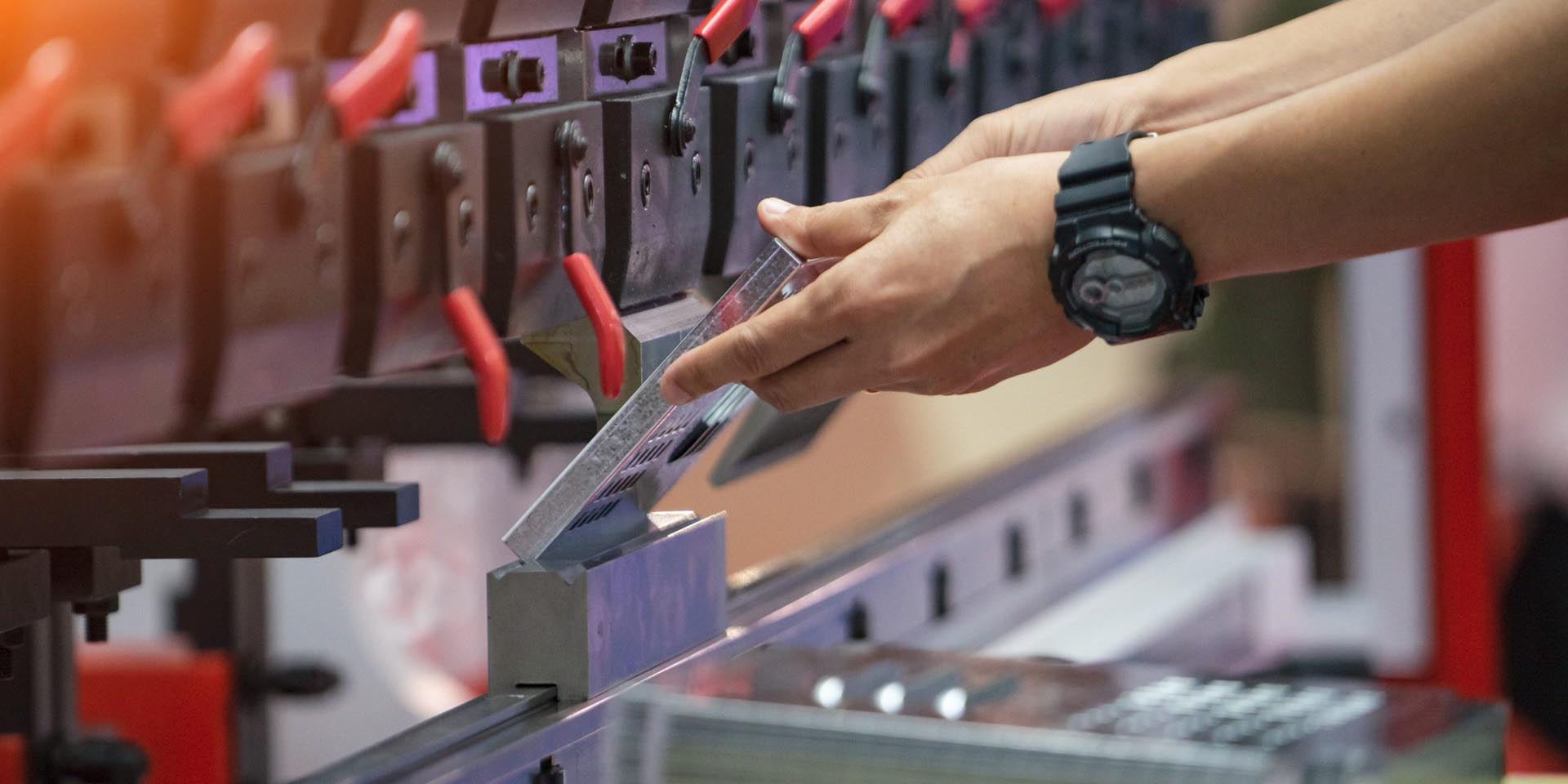Forming on a Press Brake used to be relatively simple. Fast forward to today, and the introduction of CNC controls, and more accurate and efficient processes, bring a whole new aspect to bending that operators need to learn. Below are some basic bending techniques used and how our own SigmaBEND product can assist manufacturers to streamline their bending processes.
Air Bending, Bottom Bending & Coining
- Air Bending is the most popular bending method. It uses the three contact points to determine the size of the bend. The rule of thumb is to use the bottom die that’s 5 to 8 times the material thickness. Best-case scenario, for a one-quarter inch part, is to use a 1½ -inch bottom.
- Bottom Bending forces the material all the way into the die. This somewhat outdated method has its drawbacks as it’s rougher on tooling. It’s bad for the machine, bad for tooling, and not supported by most offline programming software.
- Coining is often confused with Bottom Bending. Unlike bottoming, however, Coining actually penetrates and thins the material. It uses 5 to 10 times the amount of force to perform the same bend as Air Bending. So you’re actually stamping that radius into the material. Coining is the oldest method and, for the most part, is no longer practiced because of the extreme tonnages it requires. It’s also very tough on the tool and is not something you want to put your machine through on daily basis. Like Bottom Bending it’s not widely supported by most offline programming software.
The types of bending operations:
- Bump Bending is used to break up a large radius bend into smaller forms. If you only have tooling to perform an 8″ bend, you could bump that over a 4″ bend and hit it roughly five times. That would in essence produce an 8″ bend.
- Offset Bending forms two very close forms in one pass of the machine. It’s also known as joggle bending and is commonly used in the industry.
- Pre-Bending is the first pass of a multi-process part, normally a 30-degree angle.
- Hemming is when a material is folded over onto itself.
- Flattening is when large dies are used to straighten material
SigmaTEK’s SigmaBEND utilizes full 3-D simulation to maximize the speed, quality, and efficiency of press brake operations. View the video below for more information and request a demonstration today!

